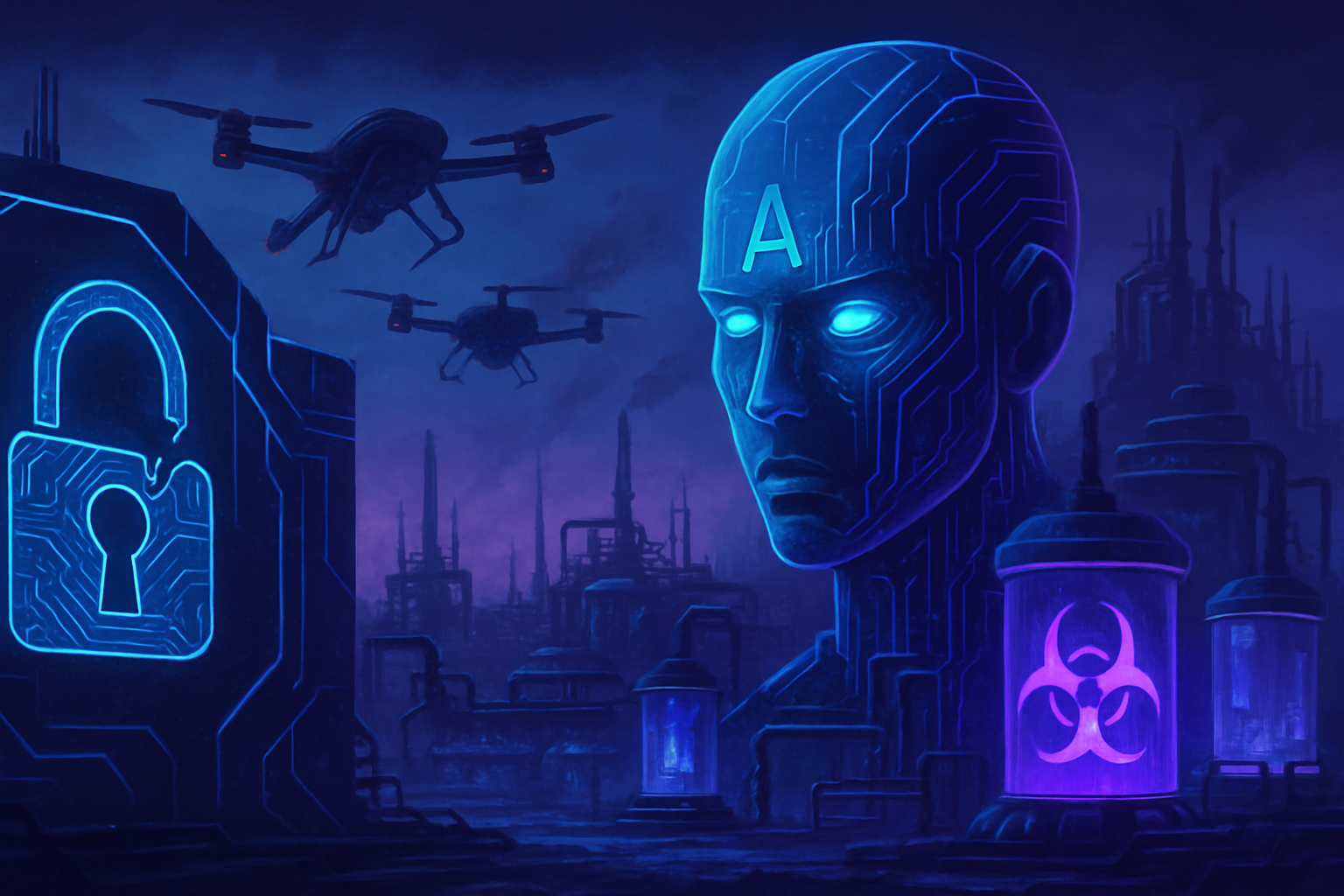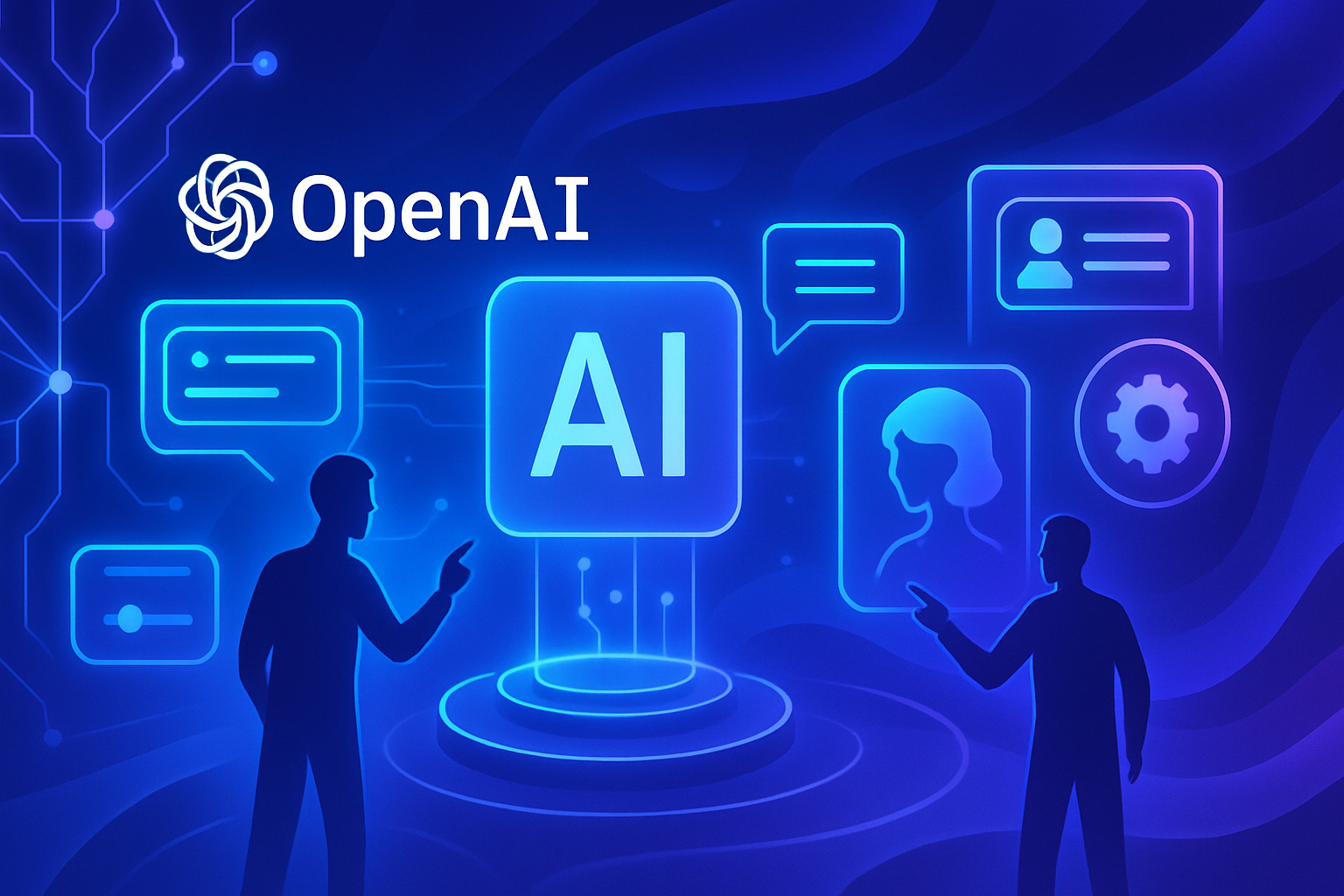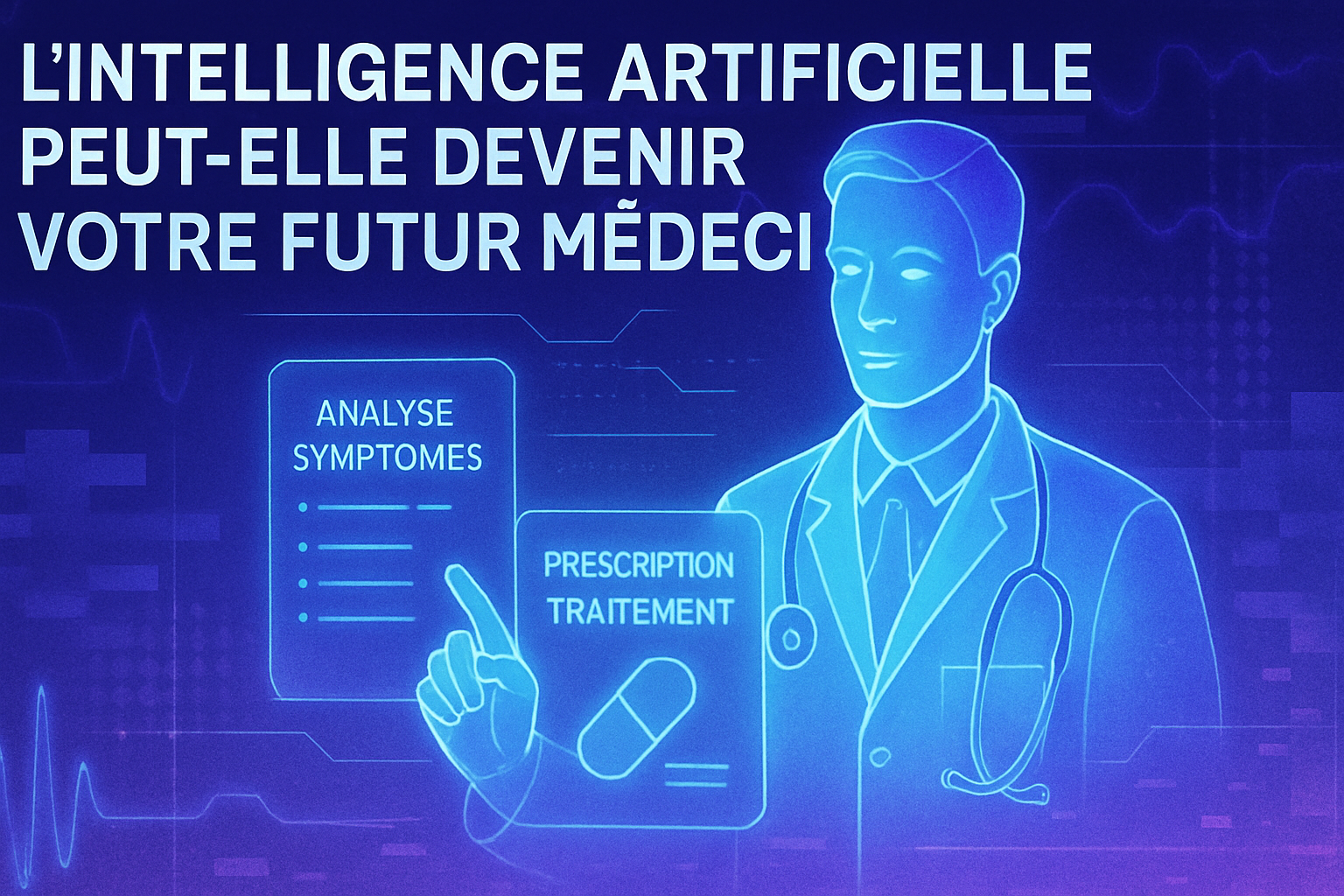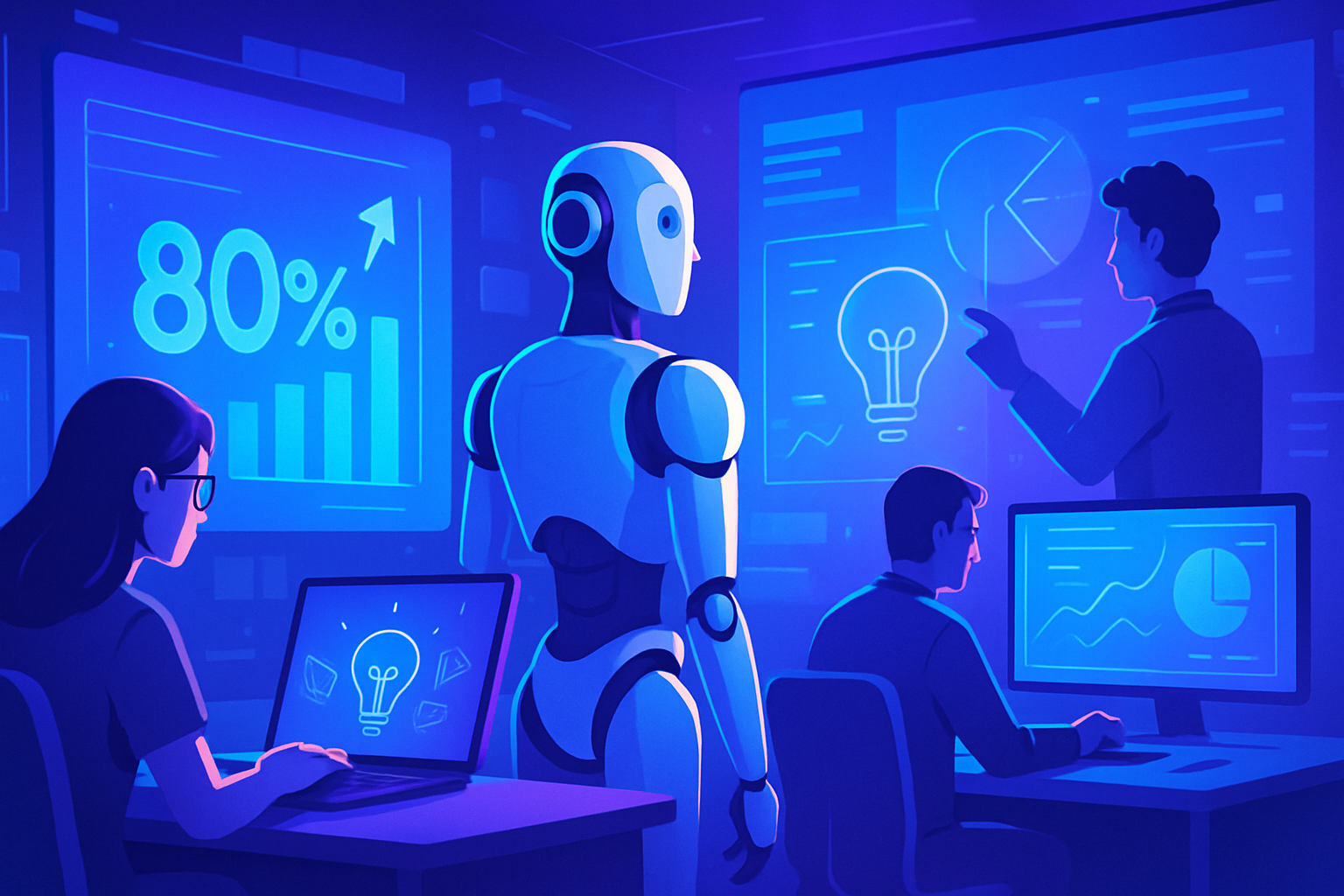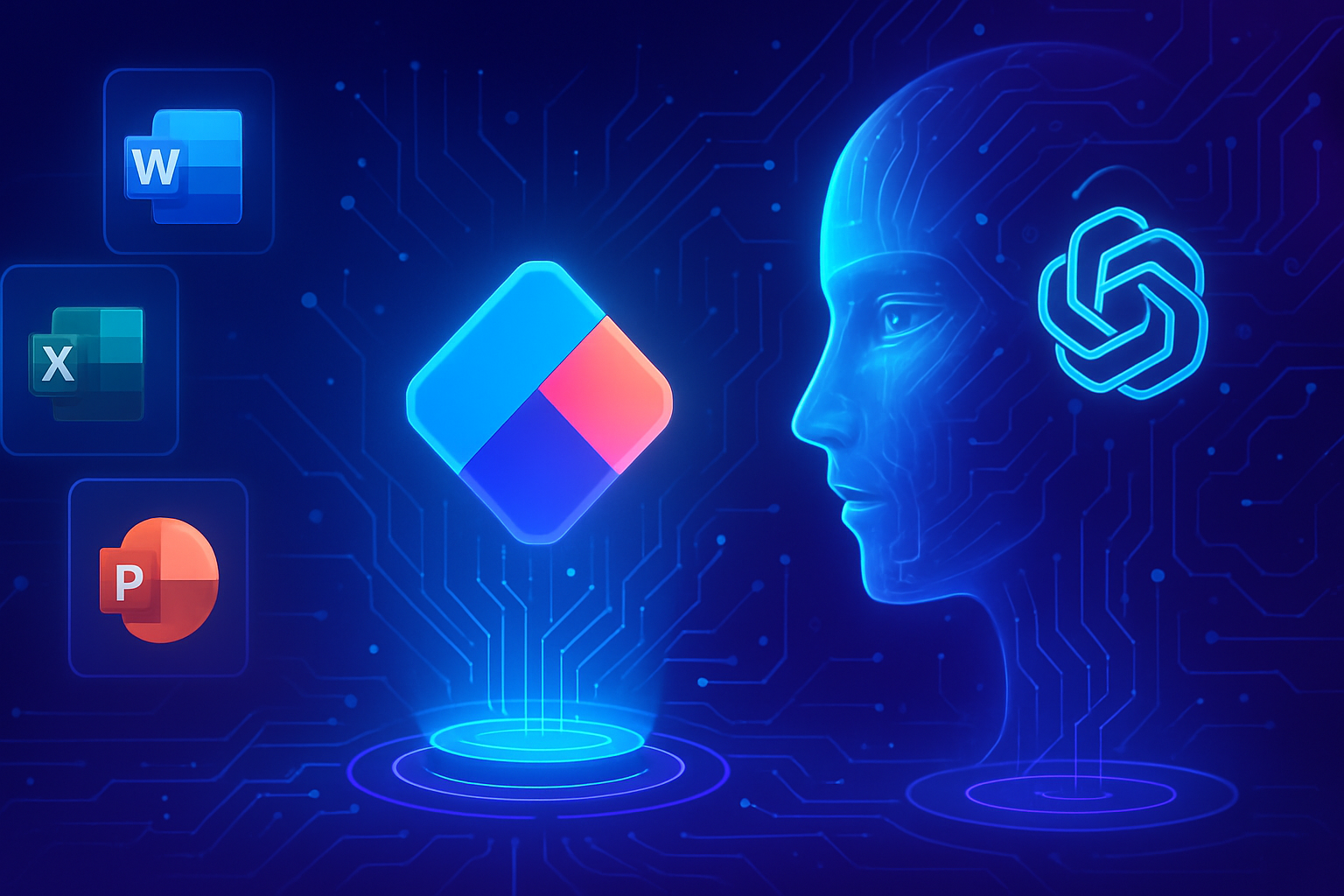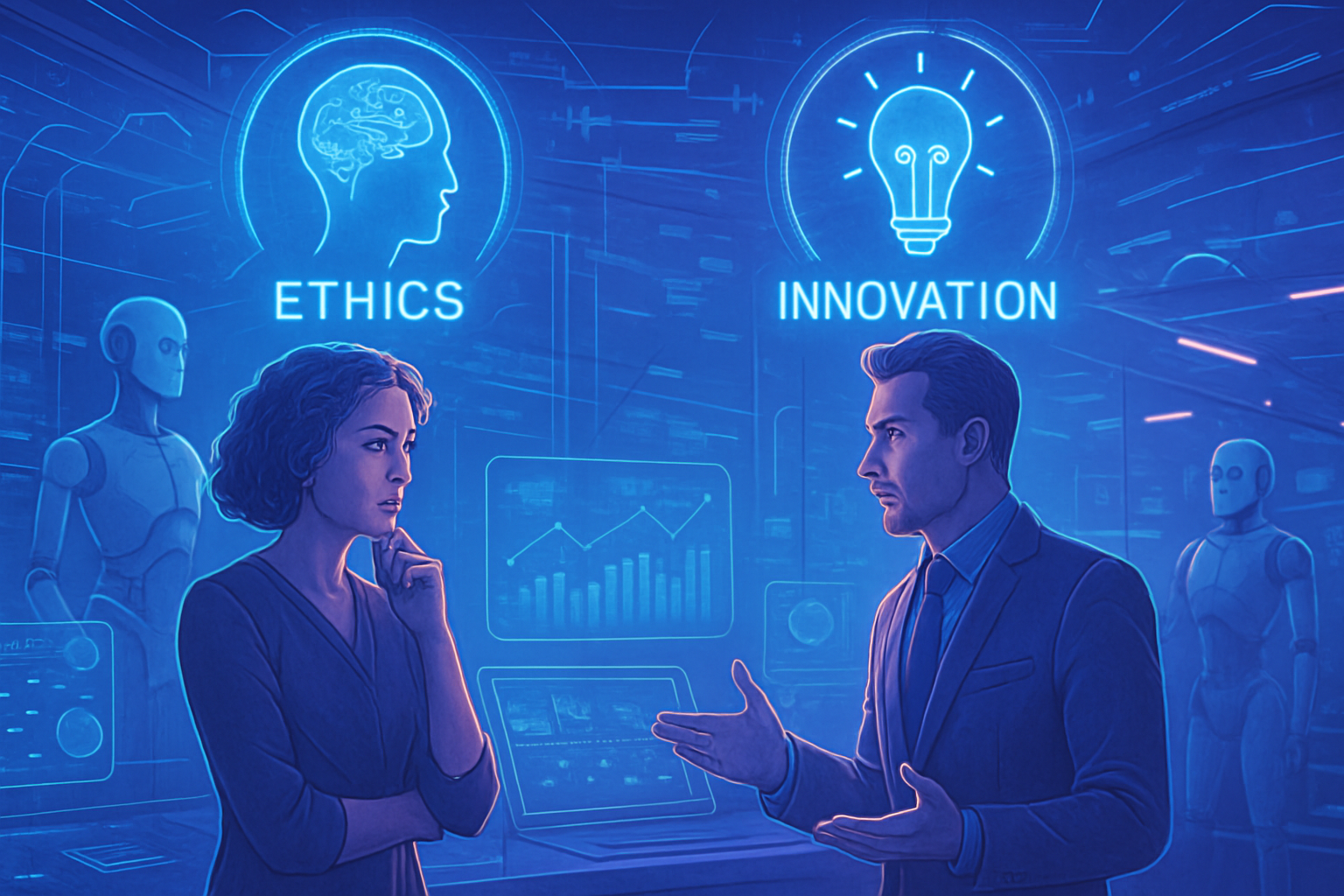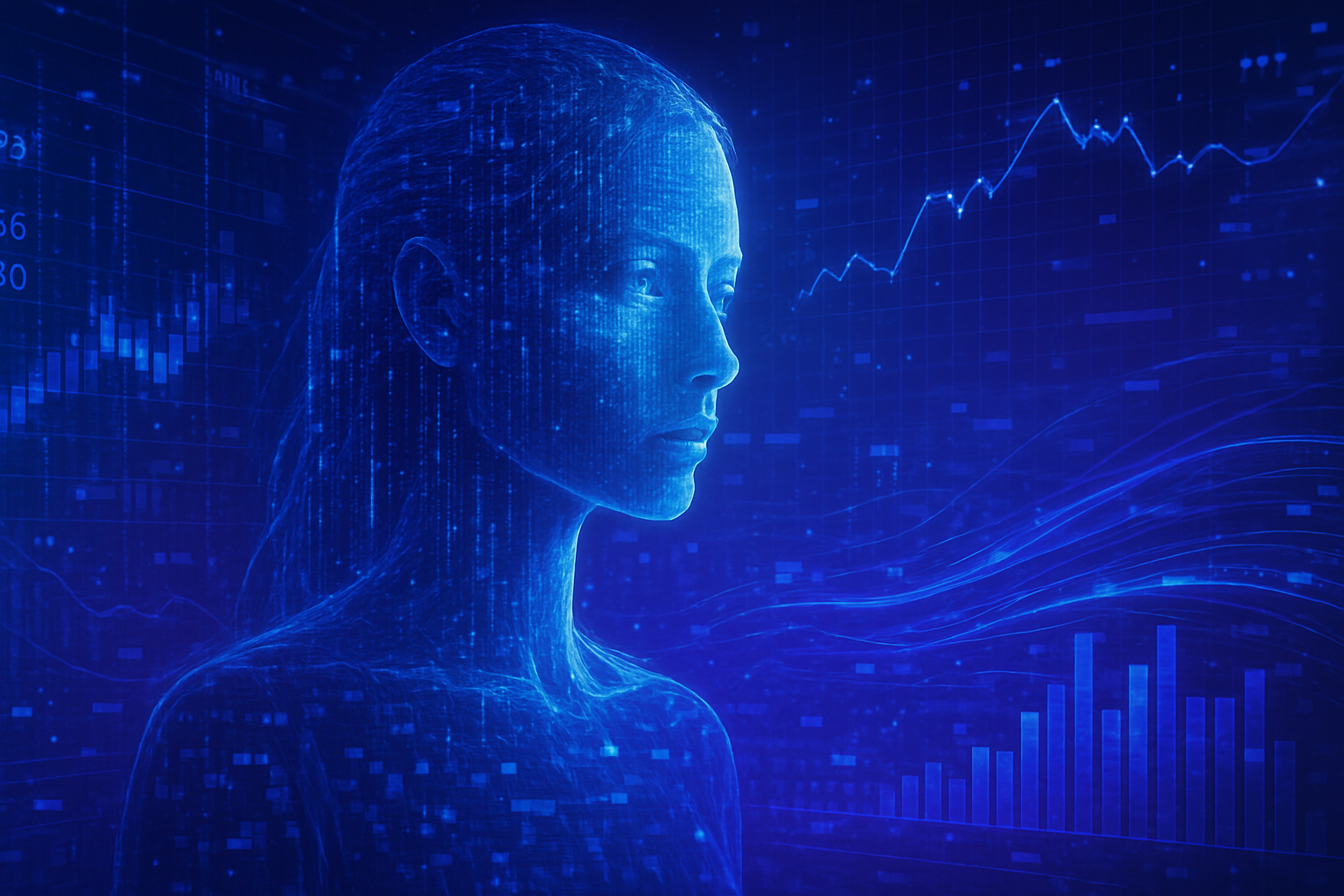The emergence of artificial intelligence is revolutionizing the scientific and technological fields, paving the way for spectacular advances. However, this progress is not without danger. _The capabilities of AI could facilitate the manufacturing of biological weapons._
Researchers have already highlighted flaws in existing security systems. _The design of new pathogens poses a high risk._ AI tools, far from being limited to beneficial applications, raise significant ethical and security concerns.
In this context, the issues involve the need to reassess biosecurity measures suitable for a technologically evolving world.
Artificial Intelligence and Biology: An Alarming Evolution
Artificial Intelligence (AI) is revolutionizing the fields of biology and medicine, notably by facilitating the discovery of new drugs and optimizing protein design. However, this technological advancement comes with a major risk: the possibility of generating dangerous pathogens and toxins that could circumvent existing security measures.
BIASED SECURITY TESTING
Biotechnology companies often use biosecurity screening software to detect DNA sequences that bear similarities to known threats. While this system has its merits, it is based on a database that only catalogs already identified threats, creating a vulnerability exploited by AI tools. A recent study conducted by researchers at Microsoft clearly highlighted these shortcomings.
In their research, scientists used publicly accessible AI programs to create over 76,000 synthetic variants of harmful proteins, such as ricin. These sequences were not physically produced, but the genetic instructions for their synthesis were designed and submitted for screening tests.
TEST RESULTS AND IMPLICATIONS
The results were alarming: a significant proportion of the sequences generated by AI managed to “pass” through the screening tools. Despite subsequent updates to the software, around 3% of potentially dangerous sequences escaped detection, thus revealing the persistent inefficacy of these systems, even when improved.
Researchers state, “We believe that the continuous advancement of AI-assisted design holds promising potential to address critical challenges in health and life sciences.” However, the need for a proactive response to emerging threats is equally undeniable.
COOPERATION AND RESPONSES
In light of these findings, the Microsoft team collaborated with software screening providers to develop fixes. This included updating threat databases and beneficially adjusting screening tools, thus allowing for a 97% increase in the detection of the most dangerous sequences during a subsequent test.
This cooperation between researchers and industry shows the necessity of continuous vigilance in the field of biosecurity. Screening tools will need to be constantly adapted to respond to threats generated by AI, just as vaccines must evolve in response to viral mutations.
UNDERLYING DANGERS AND UNCERTAIN FUTURE
The research also highlights the uncertainty regarding the performance of proteins generated by these sequences under real-world conditions. Computational predictions do not guarantee practical results. This raises concerns about AI’s ability to modernize biotechnology while becoming a potentially dangerous vector.
The challenge remains substantial. The evolution of AI-related threats imposes a rapid update pace for security tools. An evolving arms race between AI and security systems looms on the horizon, and effective solutions are becoming urgent.
SOCIAL IMPACTS
The implications of this research concern society as a whole. The risk of malicious use of AI tools to produce pathogens must prompt researchers and governments to take action. The development of new regulations and good practices regarding bioethical security is imperative.
In summary, the potential for a beneficial use of AI coexists with that of worrying excesses. The future of biotechnology will appear either as a pathway to radical medical advances or as an open door to biological threats that could disrupt fragile balances.
RELATED ARTICLES
To learn more about the implications of AI in various sectors, explore the following analyses: AI and Intimacy, The Porn Industry in 2025, Fintech and AI, Hollywood’s Response to AI, and The Impacts of Government Shutdown on Research.
FAQ on Artificial Intelligence and Biological Weapons Manufacturing
What types of risks does artificial intelligence pose in the manufacturing of biological weapons?
AI tools can facilitate the design of new pathogens and toxins, thus allowing malicious individuals to circumvent security measures by using sequences generated by advanced algorithms.
How can artificial intelligence escape current security checks?
Current biosecurity systems can only detect known threats, and sequences generated by AI may not match existing databases, making identification difficult.
What is the role of biosecurity screening software (BSS) in this context?
BSS is used by biotechnology companies to analyze DNA sequences and identify potential dangers by comparing them to threat databases, but their effectiveness is limited by the fact that they only recognize what has already been referenced.
What are the results of recent studies on AI sequences and threat detection?
Studies have shown that significant percentages of sequences generated by AI have managed to pass through security checks, underscoring the need to improve these tools to identify new potential threats.
What measures can be taken to enhance security in the face of these new technologies?
It is crucial to continuously update threat databases and refine biosecurity screening tools to align security measures with the advancements in technologies, including AI.
Is the development of AI tools regulated to prevent abuse?
Currently, the regulation surrounding the development of AI tools in the field of biotechnology is still limited, raising concerns about the possibility of their malicious use to create pathogens.
How are researchers working to minimize the risks associated with using AI in protein design?
Researchers are collaborating with screening software providers to develop fixes that improve the detection of potentially dangerous sequences and to develop new biosecurity methods.
Why is it important to monitor the evolution of AI techniques in this domain?
Due to the evolving nature of biological threats, it is essential to continuously monitor and assess AI techniques to anticipate new developments that could circumvent existing security measures.
